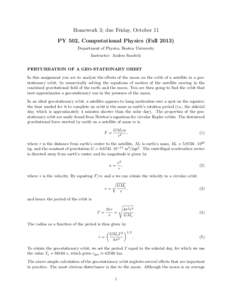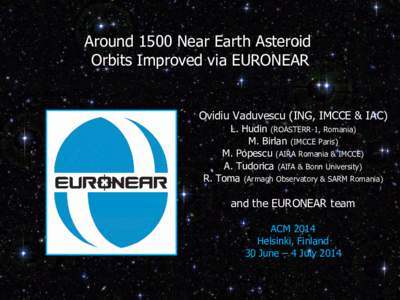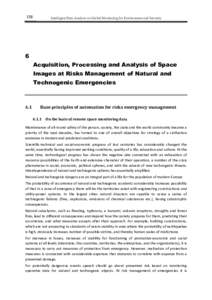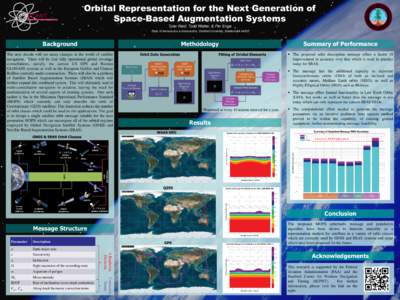<--- Back to Details
| First Page | Document Content | |
|---|---|---|
 Date: 2013-09-27 20:26:05Physics Earth orbits Spaceflight Orbits Coordinate systems Geostationary orbit Orbital inclination Orbit Satellite Celestial mechanics Astrodynamics Astrology |
Add to Reading List |
 Homework 3; due Friday, October 11 PY 502, Computational Physics (Fall[removed]Department of Physics, Boston University
Homework 3; due Friday, October 11 PY 502, Computational Physics (Fall[removed]Department of Physics, Boston University

